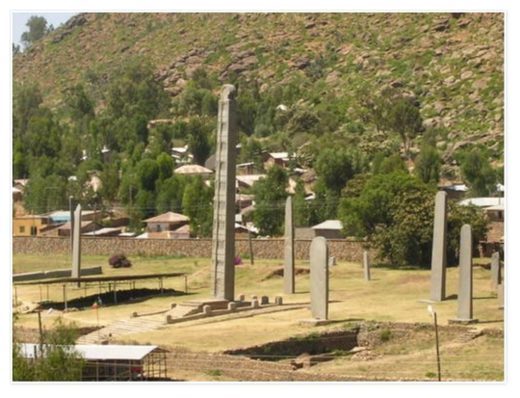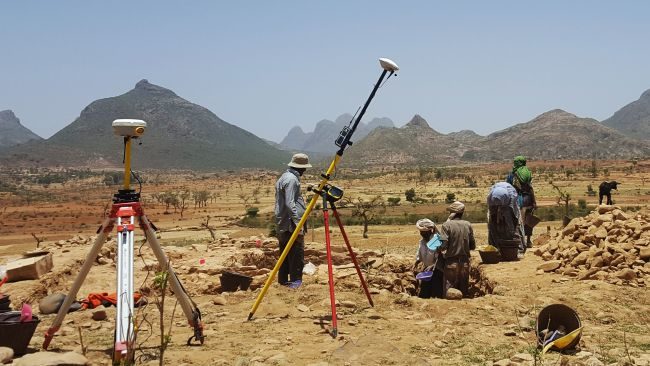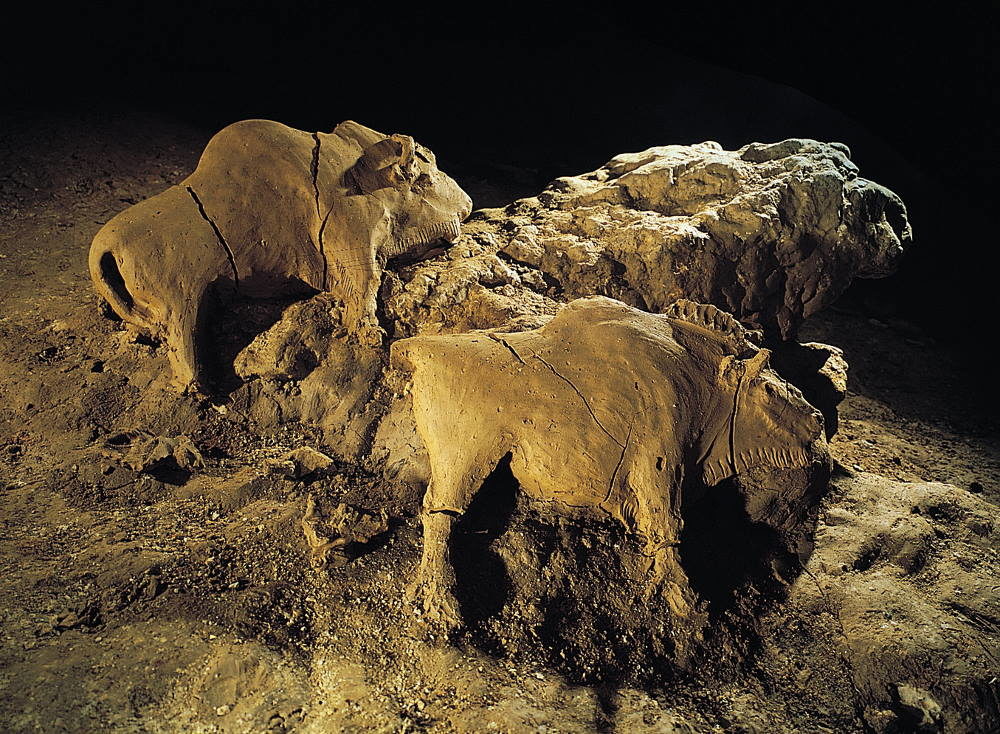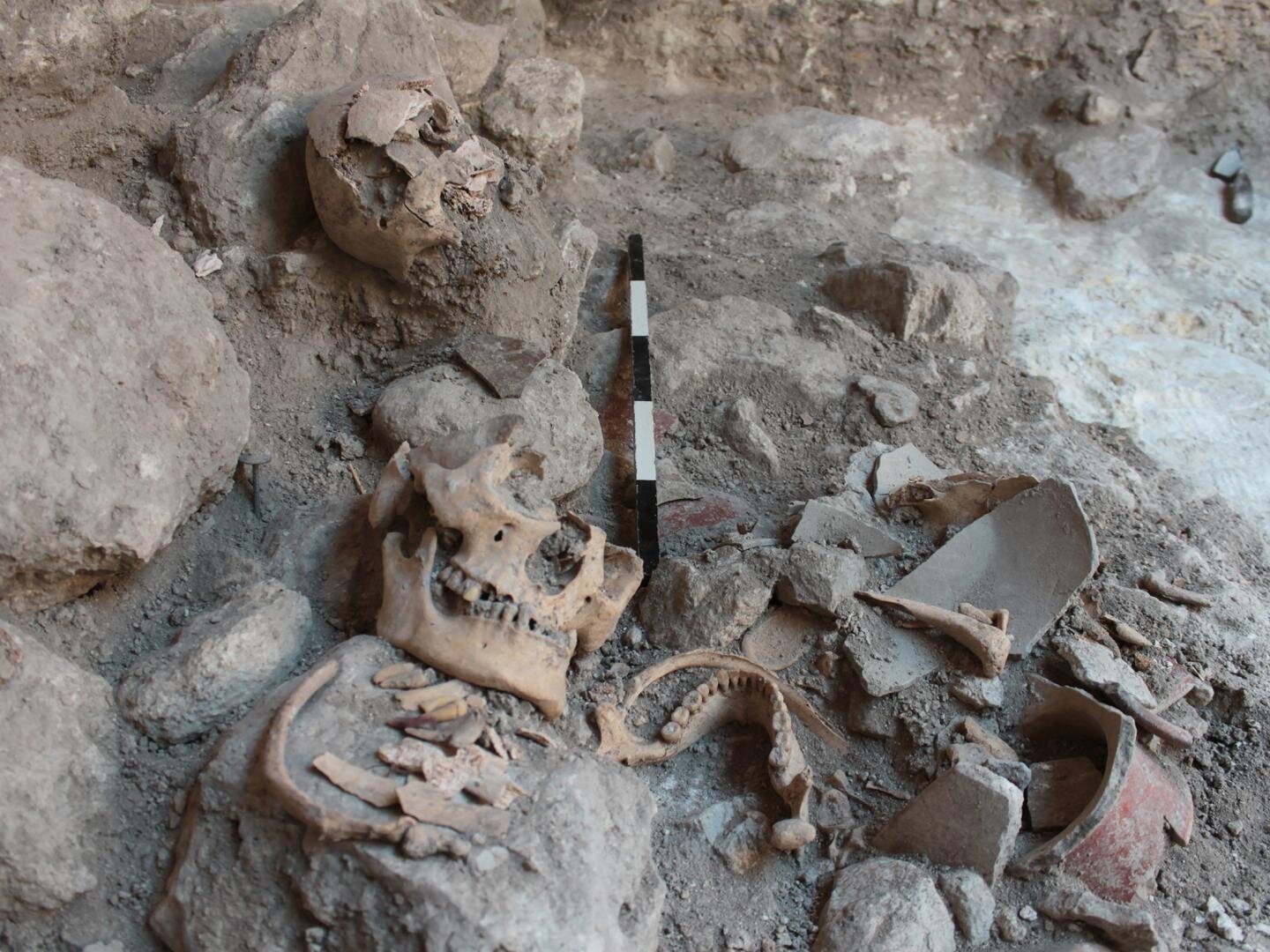
© Francesco Bandarin/UNESCOAksum is now a UNESCO site.
The finds shed a rare light on the ancient kingdom of Aksum — a relatively little-known North African civilization that was among the first to convert to
Christianity in the fourth century.
Archaeologists discovered the early Christian church, built in the lofty Roman style called a basilica, while excavating the buried town of Beta Samati. The town, whose name means "house of audience" in Ethiopia's Tigrinya language, formed part of the kingdom centered on the ancient city of Aksum.
Aksum was a regional power from about 80 B.C. until A.D. 825 and a trading partner of Imperial Rome, thanks to its location near the Red Sea on the ancient trade route to India. But its name is unknown to most people today.
"One of the things that we are doing is to try to change that," said archaeologist Michael Harrower of Johns Hopkins University in Baltimore.
"People broadly recognize
ancient Egypt,
ancient Greece and Rome ... but what they don't know is that Aksumite civilization was one of the ancient world's most powerful civilizations, and really one of the earliest," Harrower told Live Science.
New archaeological research by Harrower and his colleagues, detailing excavations at Beta Samati from 2011 to 2016, is described today (Dec. 10) in the journal
Antiquity.
During a German expedition in 1906, scientists had investigated archaeological sites at the Aksumite kingdom, but the unsettled politics of Ethiopia — including a 16-year civil war from the mid-1970s — meant archaeological research has been sporadic since that time, he said.

© Ioana DumitruArchaeologists excavating the ancient Aksumite town of Beta Samati in northern Ethiopia have unearthed the remains of fourth-century Christian church at the site.


Comment: See also: